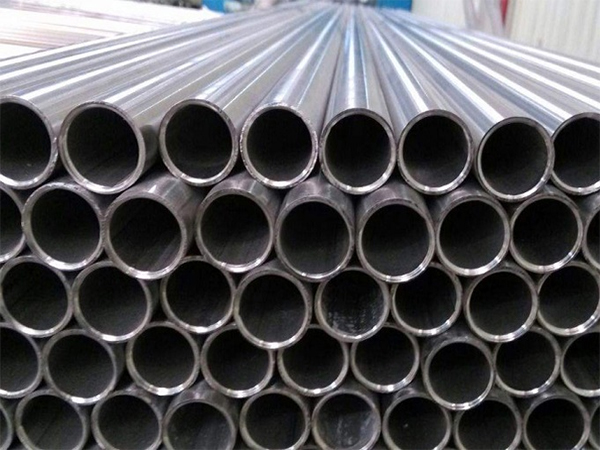How to distinguish hot rolled and cold rolled steel pipes
Hot rolled and cold rolled steel pipes differ significantly in their production processes, surface characteristics, and performance. Here’s a detailed comparison to help you distinguish between them:
Hot rolled steel pipes
Hot rolled steel pipes are manufactured through high-temperature rolling processes. The typical production process includes:
Round pipe billet → Heating → Piercing → Three-roll skew rolling, continuous rolling, or extrusion → Semi-finished pipe → Sizing or reducing → Cooling → Straightening → Hydrostatic testing or flaw detection → Marking → Storage. Suitable for large-diameter and thick-walled pipes.Surface is relatively rough due to the high-temperature oxidation during rolling.
Cold rolled steel pipes
Cold rolled steel pipes are made from hot rolled pipes through further cold processing techniques. These pipes have high dimensional accuracy and a smooth surface finish. Before cold rolling, the raw pipe undergoes pickling to remove surface oxides, improving its processability.

How to differentiate hot rolled and cold rolled steel pipes?
1. By surface characteristics
Hot rolled steel pipes:
The surface has a layer of iron oxide due to high-temperature oxidation during the rolling process. This layer is relatively rough, and you can feel noticeable friction when touching it.
Cold Rolled Steel Pipes:
The surface is smooth, shiny, and exhibits a metallic luster because of the post-rolling treatment. It feels smooth and delicate to the touch. Cold rolled pipes are typically used for small-diameter and thin-walled applications.
2. By dimensional accuracy
Hot rolled steel pipes:
These have larger dimensional tolerances, with more variation in outer diameter and wall thickness. The cut edges may not be perfectly smooth, and surface quality requirements are less stringent.
Cold rolled steel pipes:
These offer higher dimensional accuracy, with smaller tolerances for outer diameter and wall thickness. The pipe ends are usually flat, and the surface quality is high.
3. By performance
Hot rolled steel pipes:
Designed to withstand higher pressure and are suitable for further processing and welding.
Cold rolled steel pipes:
Used in applications requiring high precision and load-bearing capacity. Due to work hardening during cold rolling, their plasticity is lower.
4. By applications
Hot rolled steel pipes:
Ideal for transporting liquids and gases, and for use in large structural components and machinery. Suitable for high-pressure and high-temperature environments.
Cold rolled steel pipes:
Preferred for scenarios requiring high dimensional accuracy and surface quality, such as automotive parts, home appliances, and precision machinery. These pipes are often used for thin-walled and decorative applications, as well as small components.
By understanding these distinctions, you can accurately identify and select the appropriate type of steel pipe for your specific requirements.
